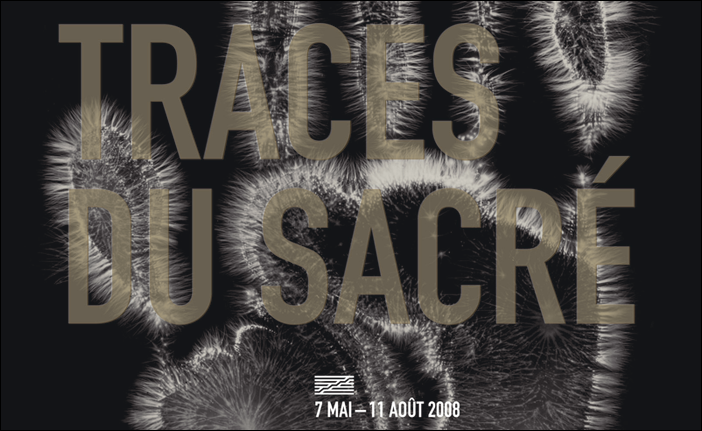I remember being thoroughly perplexed when I first read this work last spring when Dr. Diane Davis gifted me a copy of it. I didn’t know what was a pretense from a feigned feint, a joke from a wit, science from myth. These limits, "that is to say, indivisible threshold[s]" (133) are still very difficult, if not impossible, to locate, but fixing them is not my main concern upon my return and re-tracing of the text. I still am confused, but I have since ceased to view this wounded state of unknowing in a negative light.

In a sense the desire for self-certainty in thinking turns the home into a citadel. Does the House or Truth of Being require a Guardian? What if one “awakens and leaves, without turning back to what he leaves behind him[?]. He burns his text and erases the traces of his steps. His laughter then will burst out, directed toward a return which no longer will have the form of the metaphysical repetition of humanism, nor, doubtless, “beyond” metaphysics, the form of a memorial or a guarding of the meaning of Being, the form of the house and of the truth of Being. He will dance, outside the house, the active Vergesslichkeit, the “active forgetting and the cruel (grausam) feast of which the Genealogy of Morals speaks. No doubt that Nietzsche called for an active forgetting of Being: it would not have the metaphysical form imputed to it by Heidegger” (136). This quote comes from a lecture Derrida gave in October of ’68 in New York. The lecture was later published under the title, “The Ends of Man.” In this younger Derrida one sees the beginnings and/or the ends of The Animal That Therefore I am.
In a footnote to “The Ends of Man” Derrida writes, “The deconstruction of the end and of man takes place on the margins of philosophy: in titles and footnotes” (Note 15). The title of the essay reveals the playful possibilities of the limits and question of man. “In the thinking and the language of Being, the end of man has been prescribed since always, and this prescription has never done anything but modulate the equivocality of the end, in the play of telos and death. In the reading of this play, one may take the following sequence in all its senses: the end of man is the thinking of Being, man is the end of the thinking of Being, the end of man is the end of the thinking of Being. Man, since always, is his proper end, that is, the end of his proper. Being, since always, is its proper end, that is, the end of its proper”(134).
Where to being in teasing out such a statement? I’m not sure, “naturally I am going to skip a lot, I am going to walk by skipping, we don’t have time to follow things in a continuous way” (142). Derrida puts the trace of ‘man’ under erasure.
In the Essay “And Say the Animal Responded” Derrida reframes the question of the critique of humanism in a way that opens up new avenues for thinking ‘the animal’ and ‘the human.’ In a way it resuscitates a more ancient meaning but also breathes a new life into the meaning of ‘the animal,’ etymologically derived from the PIE *ane- "to blow, to breathe" and related to the Greek anemos meaning "wind.”
It is not just a matter of asking whether one has the right to refuse the animal such and such a power (speech, reason, experience of death, mourning, culture, institutions, technics, clothing, lying, pretense of pretense, covering of tracks, gifts, laughter, crying, respect, etc.-the list is necessarily without limit, and the most powerful philosophical tradition in which we live has refused the “animal” all of that). It also means asking whether what calls itself human as the right rigorously to attribute to man, which means therefore to attribute to himself, what he refuses the animal, and whether he can ever posses the pure, rigorous, indivisible concept, as such, of that attribution.

Man has not been able to cover the tracks of its “wounded reaction not to humanity’s first trauma, the Copernican (the earth revolves around the sun), not irs third trauma, the Freudian (the decentering of consciousness under the gaze of the unconscious), but rather to its second trauma, the Darwinian” (136). Lacan was not able to cover his anthropocentric tracks, even though he roots man’s superiority over the animal as based in a lack, defect, or fault. And neither am I, but I can erase them, or should I say...
Labels: Animal, Deconstruction, Derrida, Heidegger, Humanism, Lacan, Nietzsche, Psychoanalysis

















